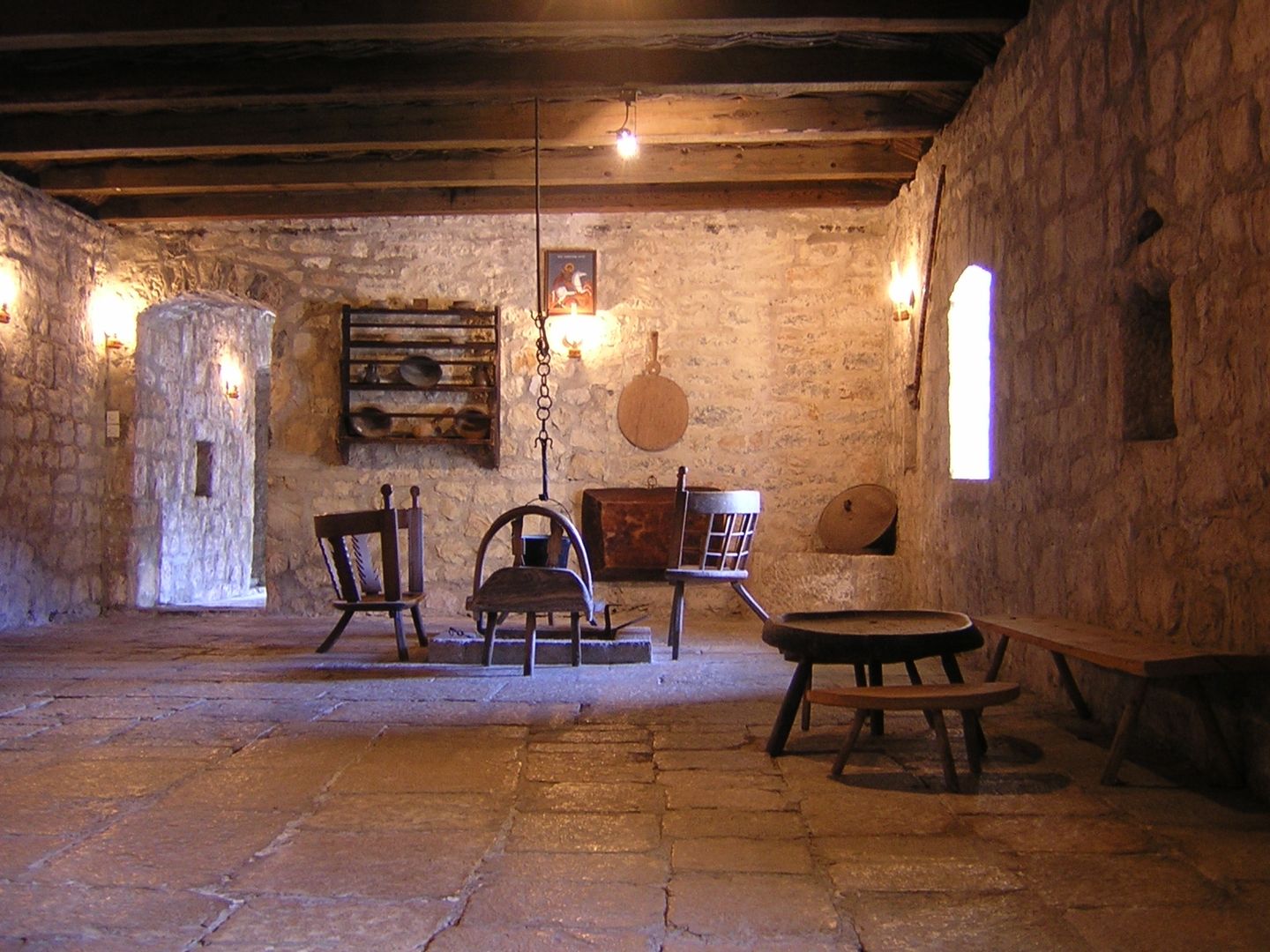Billiards
6.63

Overview
Biljarda, also known as the "Billiard House," is a historic royal residence in Cetinje, the capital of Montenegro, built by Prince-Bishop Petar II Petrović-Njegoš in 1838. Its architecture, designed by Russian Colonel Yakov Nikolaevich Ozeretskovsky, resembles a medieval feudal castle. Biljarda is a rectangular, two-story stone building with high defensive walls and four towers, giving it an impressive, fortified appearance. At the time of its construction, it was over 70 meters long and 7.5 meters wide, with 27 rooms inside. Culture and history are deeply intertwined with Biljarda, which served not only as a residence for the prince-bishop and his family but also as accommodation for the Senate, other state authorities, and important guests. Biljarda was home to Prince Danilo I until 1860 and later to Prince Nikola I until 1867, when the royal family moved to the King Nikola’s Palace. In the 20th century, the building housed various ministries and was used by the military during both World Wars. Today, Biljarda is part of the National Museum of Montenegro, preserving its historical and cultural heritage. An interesting fact is that the name "Biljarda" comes from the prince-bishop’s favorite game, and the central room of the residence contained a billiard table. Due to its rich heritage, the residence plays a significant role in Montenegro’s history and is an essential part of its cultural identity.
Location
Country
2025 Wizytor | All Rights Reserved